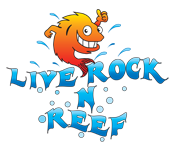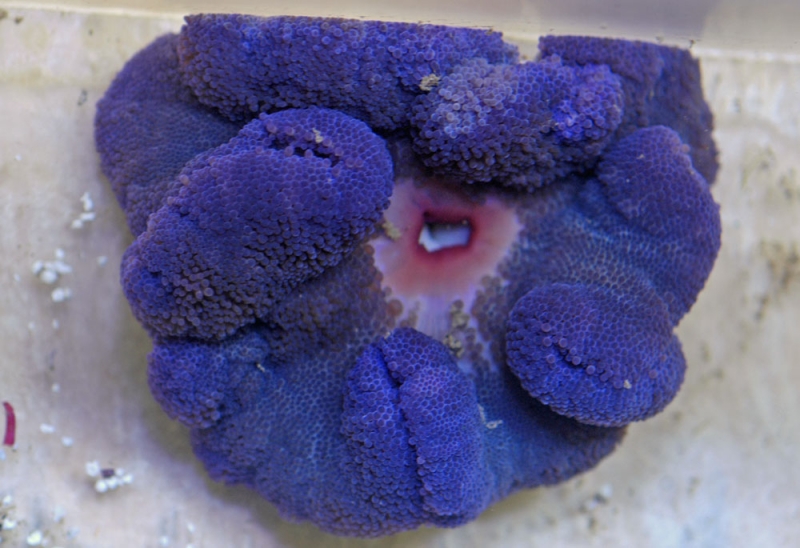Mertensii Purple saddle Carpet Anemone
The Basics
There are three different species of carpet anemones typically seen in the hobby. Stichodactyla gigantea, Stichodactyla haddoni, and Stichodactyla mertensii are called carpet anemones because they have large flattened bodies, and their upper surface is covered by numerous relatively short carpet-like tentacles. I’ve seen some of them being sold as “saddle” anemones, as they can sometimes fold their bodies into a shape that looks something like a horse’s saddle. However, of the three species, S. haddoni is seen for sale far more often than either of the other two.
All three of these can be rather difficult to identify at a shop when they’re not in their natural habitat with clownfish living in them. But there are a few tips for how to best identify them.
Stichodactyla haddoni has very small tentacles that typically look like little beads that cover the surface, and they’re often more than one color. There’s only a small area around their mouth that is free of tentacles, too. Additionally, the upper part (disc) is often folded into a saddle-like form, which is where that name comes from. They can grow to about 2 feet in diameter and have a relatively large base, as well. Also note that, when healthy, the tentacles are almost like fly-paper and will stick to your fingers well enough that they’ll tear off a specimen if you touch one.
This colorful Anemone is also referred to as Haddon’s Anemone, Saddle Anemone, Saddle Carpet Anemone, or Saddleback Anemone. Haddon's Carpet Anemone have short, blunt tentacles with a very potent sting,
Lastly, Stichodactyla mertensii typically have short tentacles, but some may be relatively long for carpet anemones, as in almost an inch in length. They’re also absent in the area right around the mouth, and they’re non-sticky, unlike those of the other two species. Their base is typically much smaller than that of the other two, and the disc usually doesn’t fold up either. Instead, these lie flat on the substrate, and they’re also the largest of the three, sometimes being over 3 feet across.
FREE SHIPPING


